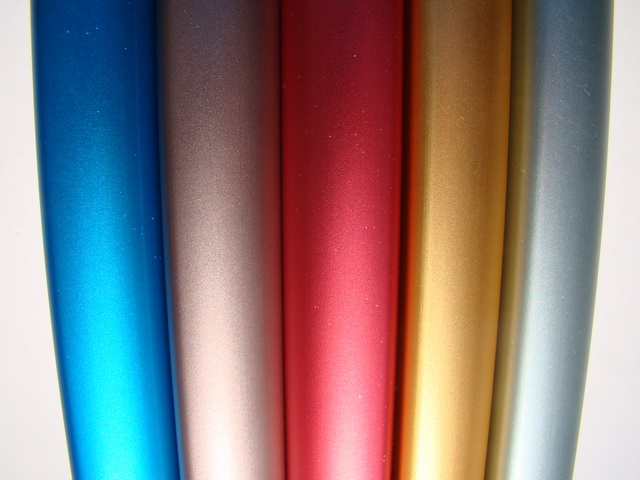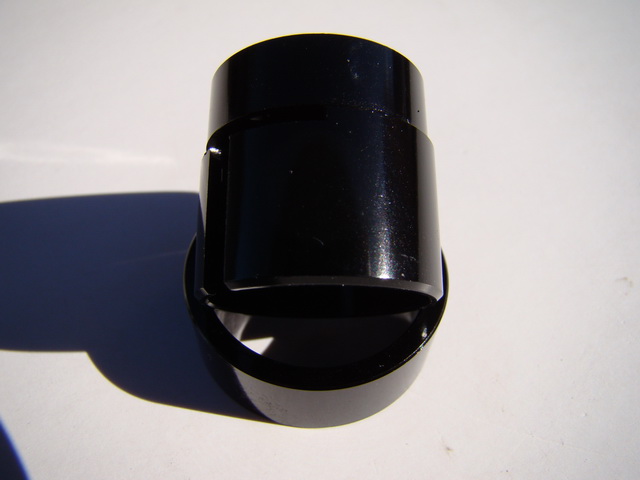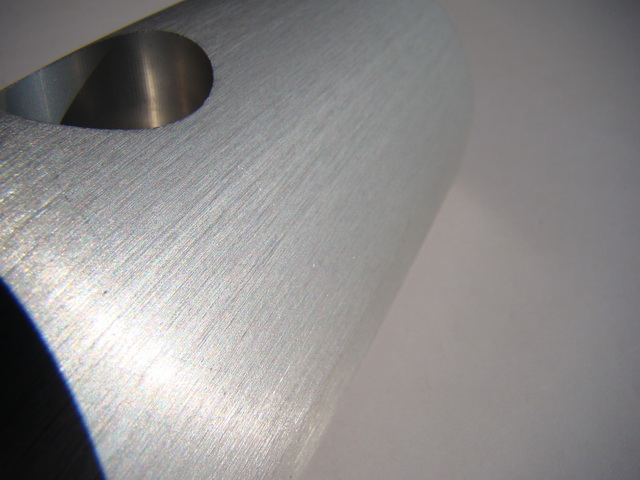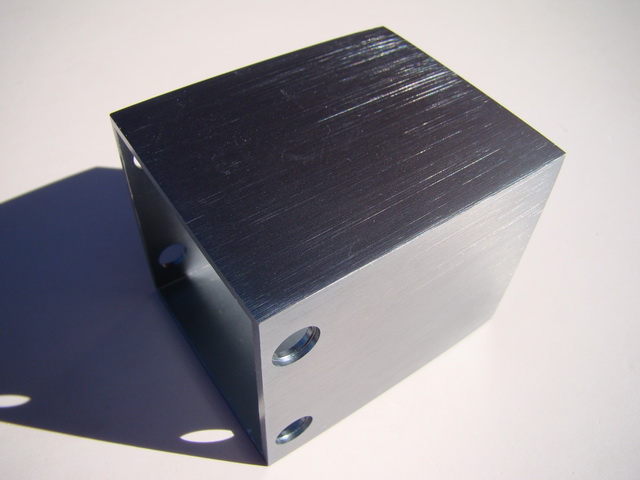Manufacturing in China Blog
Here you can leave comments and start discussions about manufacturing parts of complete products in China.
Custom aluminium extrusions anodizing options, colours and finish
- Hits: 6448
- 0 Comments
- Subscribe to updates
- Bookmark
 We are often asked what finish is possible for the aluminium extrusions when anodized. The short answer is that it is much easier if designer of the extruded part specify desired finish and manufacturer will try to match it as close as possible. Speaking colour wise, when anodizing aluminium part almost any colour is possible. In some instances even shades of a colour can be achieved.
We are often asked what finish is possible for the aluminium extrusions when anodized. The short answer is that it is much easier if designer of the extruded part specify desired finish and manufacturer will try to match it as close as possible. Speaking colour wise, when anodizing aluminium part almost any colour is possible. In some instances even shades of a colour can be achieved.
Most common is Clear Anodizing. Clear anodizing builds a clear anodic layer over the surface of aluminum to protect it, while allowing the natural beauty of the aluminum to shine through. It’s most inexpensive method of protecting aluminium extrusion, one step above aluminium natural oxide level formed on its surface.
Beside anodizing colours, aluminium extrusions and diecast parts can be made with different surface treatments. Brushed aluminium extrusion is one option, polished aluminium anodised and sandblasted aluminium finish is another. There are some additional treatments available such as heavy duty anodising (thickness of about 25 microns), that comes in black colour only. This type of anodizing mainly used for cookware, aluminium parts that exposed to the elements and/or subject to heavy wear and tear.



Â
Â
More detailed explanation of colour anodizing for technically minded.
Colour anodizing of the aluminum extrusion is the treatment of metal surface and then adding a dye to the solution before the metal is sealed. To anodise, the aluminium is placed in an electrolyte bath and electricity is run through the electrolyte, causing an oxide layer to form. After the oxide is formed, dyes can be applied to the solution. Aluminum is the most common metal used in colour anodising, but there are several other metals that can be used, including titanium and magnesium. While anodising has several important benefits, adding colour is mostly to help distinguish parts and to make parts look better for consumers.
Anodising is a process in which a very thin oxide layer is formed on top of a metal that increases its surface hardness up to 50 Rockwell. The metal is first placed in an electrolyte solution, which has free roaming ions. Electricity is applied and the current excites the ions and causes them to cling to the aluminium surface, resulting in the oxide layer.
After the regular anodising is finished, the pore density of the metal changes. Depending on how long the metal is anodized, the metal can be given different colours. Dyes are added directly to the solution resulting in the colour stain. Only certain metals can be used in colour anodising, because these metals have to react freely to oxygen. If they cannot react with oxygen, then the oxidized layer will not form and they cannot be dyed. The two most common metals are aluminum and titanium, zinc, tantalum and magnesium.
Unlike regular anodising, which offer mechanical benefits, colour anodising is mostly used for cosmetic purposes. The dyed metal will still receive the mechanical benefits, such as increased surface hardness, but it is not the main goal. Colour anodizing of aluminium extrusions commonly used to help distinguish parts by their colour and make aluminium products more visually attractive.
Comments